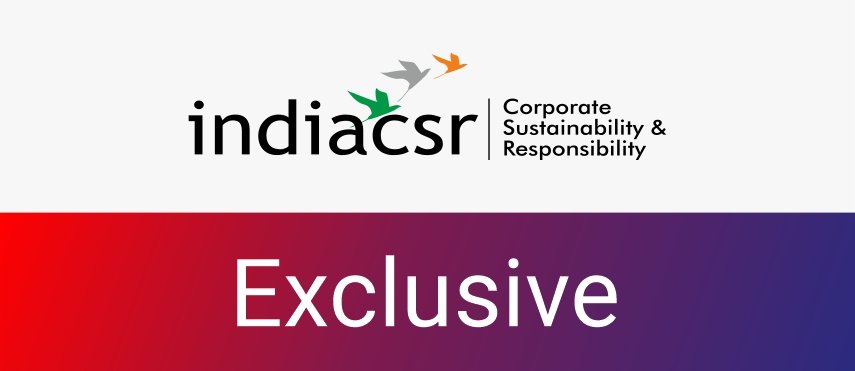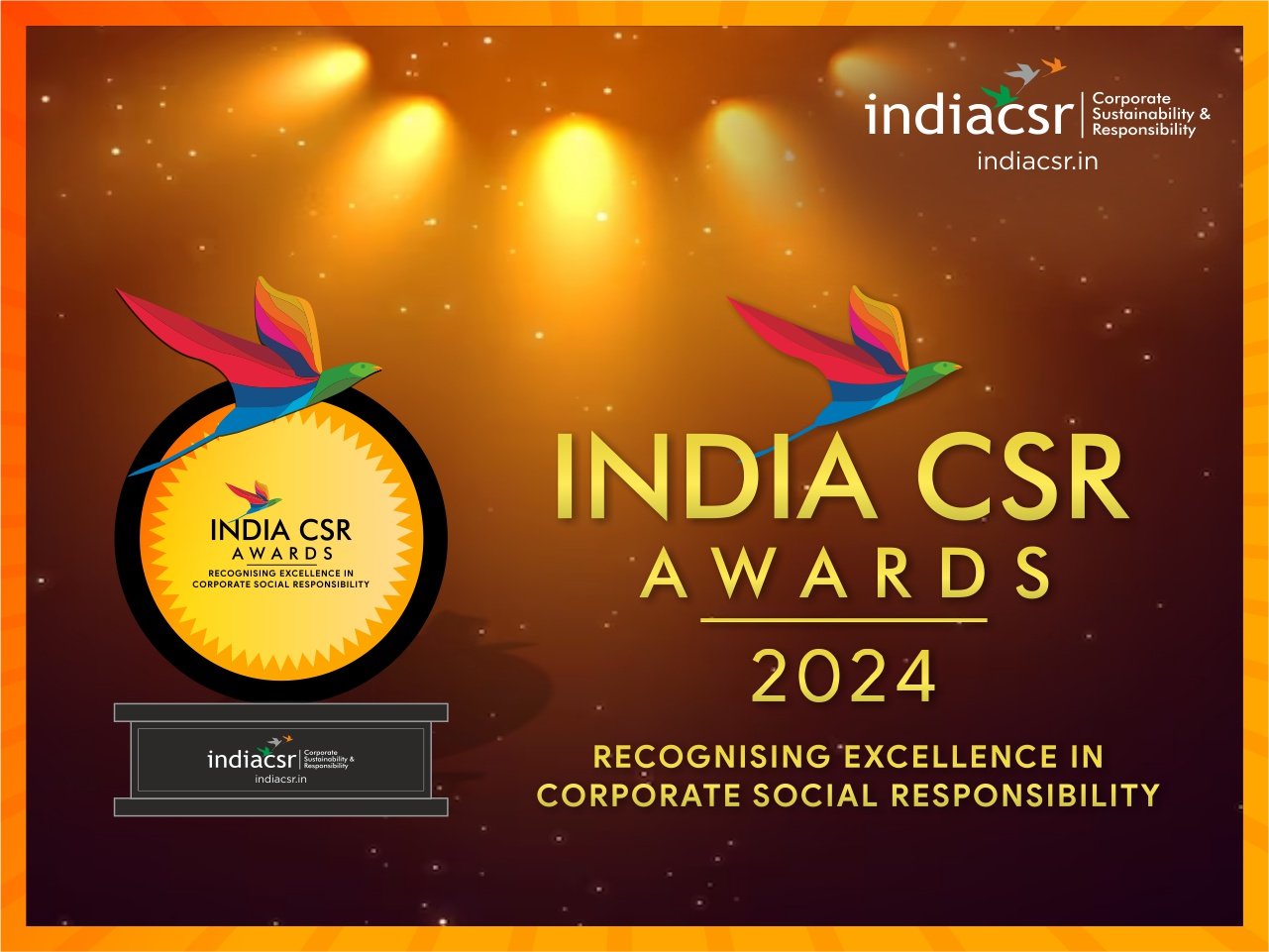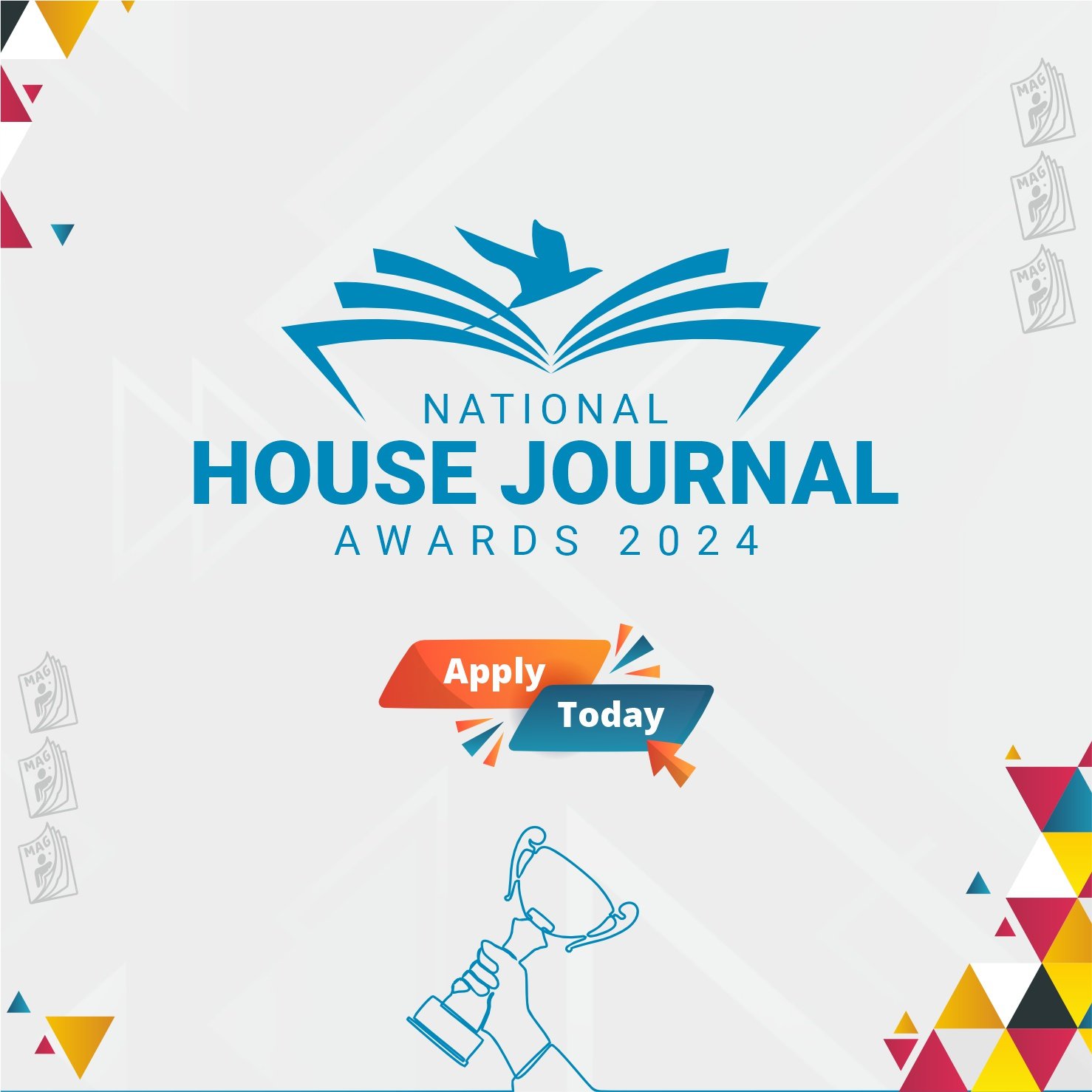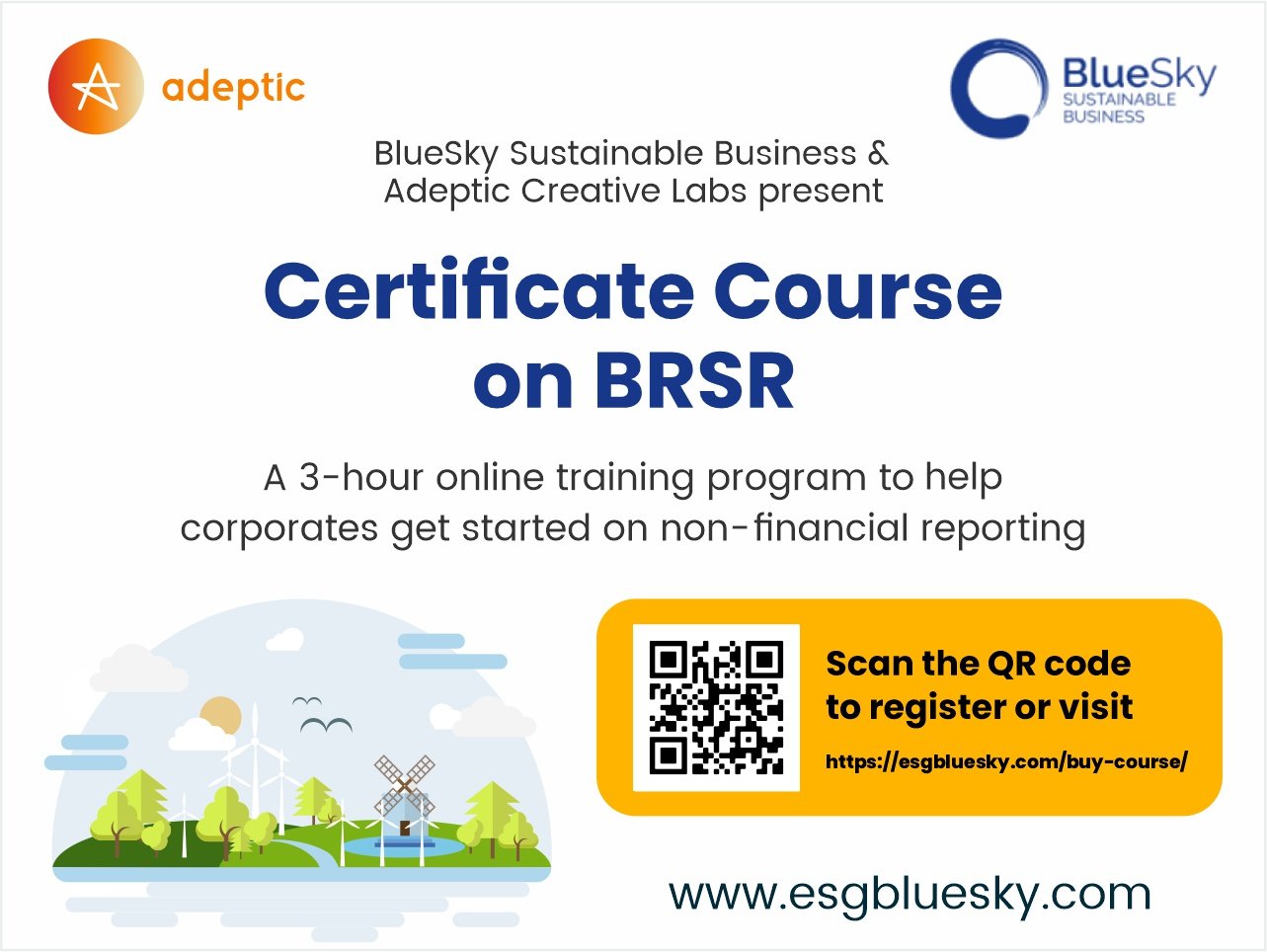From Text to Canvas: Can AI Become the Next Artistic Mastermind?
While artificial intelligence (AI) has made impressive strides in various fields, its ability to create visual art has sparked both fascination and skepticism. Google Bard, a conversational AI known for its language skills, recently unveiled its image generation capabilities, raising questions about its artistic potential and the future of AI-powered creativity.
Stepping Beyond Words: Bard’s Artistic Palette
- Descriptive Power: Bard excels at understanding and responding to textual prompts. Its image generation feature builds upon this strength, translating user descriptions into unique visual outputs. For example, users can request “a vibrant coral reef teeming with diverse marine life” or “a futuristic cityscape under a neon sky,” and Bard will generate corresponding images.
- Learning from the Masters: Bard’s artistic abilities are shaped by its training on a massive dataset of text and images. This allows it to capture styles, motifs, and color palettes from various artistic movements and apply them to its own creations.
- Beyond Realism: While photorealism is achievable, Bard’s strength lies in its ability to generate more abstract and imaginative visuals. This opens doors to exploring dreamlike landscapes, fantastical creatures, and surrealistic compositions.
Exploring the Canvas: Applications and Implications
- Enhanced Storytelling: Authors and designers can leverage Bard’s image generation to illustrate their work, bringing characters and settings to life in unique and unexpected ways. Imagine a children’s book where each page is adorned with a unique, AI-generated illustration based on the text.
- Personalized Design: Individuals can use Bard to create custom visuals for personal projects, invitations, or even home decor. Imagine designing a phone case with an AI-generated pattern inspired by your favorite painting or poem.
- Accessibility and Exploration: Bard’s image generation can democratize art creation, allowing individuals with limited artistic skills to explore their creative potential. It can also serve as a tool for exploring artistic boundaries and experimenting with new styles and concepts.
The Artistic Brushstroke of AI: Challenges and Considerations
- Uniqueness and Originality: Can AI-generated art be truly original, or is it simply a pastiche of existing styles? This question raises concerns about copyright and artistic ownership in the age of AI.
- Human Collaboration: While AI can assist with image creation, the human touch remains crucial. Artists can curate prompts, refine outputs, and integrate these generated visuals into their wider creative vision.
- Ethical Considerations: AI art tools must be used responsibly, avoiding biases and ensuring inclusivity in the generated images.
A Glimpse into the Future: Where AI and Art Collide
Bard’s image generation capabilities offer a glimpse into a future where AI plays a more prominent role in the art world. While questions remain about originality and the human touch, AI tools like Bard have the potential to democratize art creation, inspire new artistic movements, and redefine our understanding of visual expression. As AI continues to evolve, the collaboration between humans and machines promises to unlock exciting new possibilities in the realm of art and creativity.
(India CSR)




























